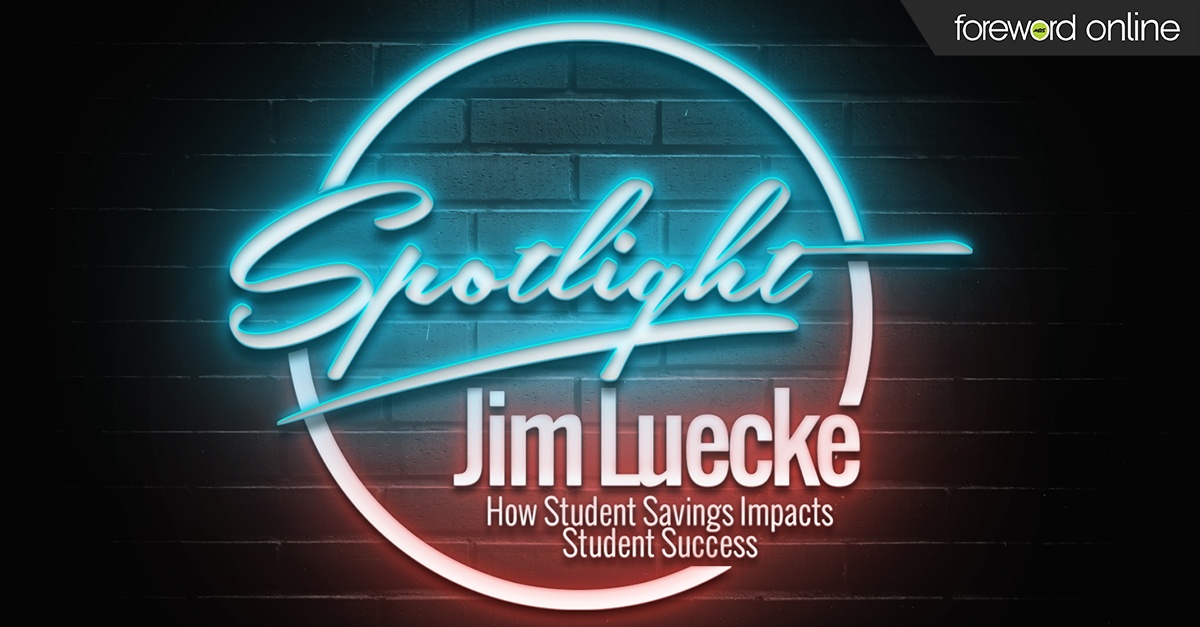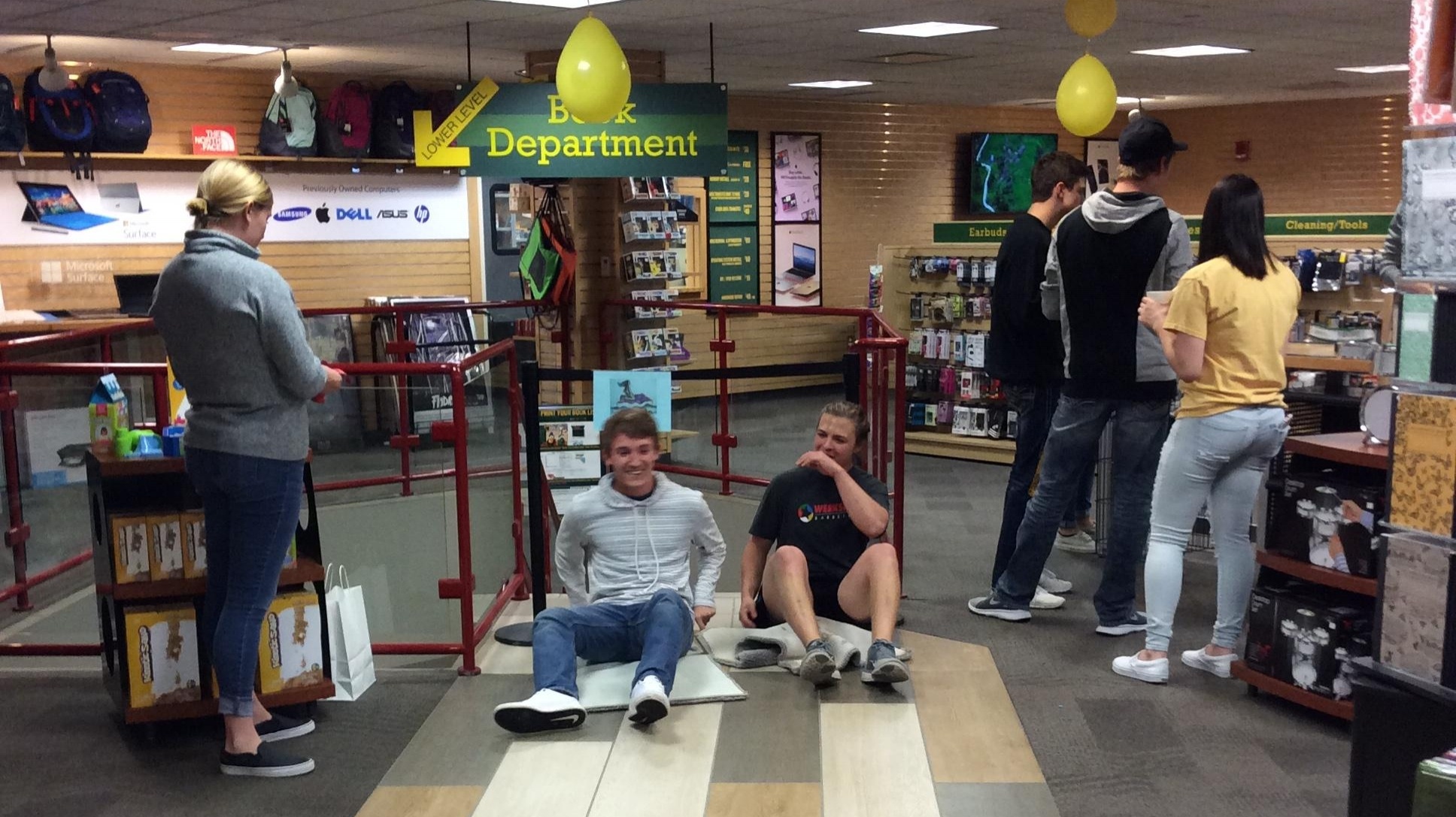Jim Luecke is a strategic sales consultant for MBS. In the over 12 years he has worked with schools and stores, Jim has collected an abundance of industry knowledge. He uses that expertise to help schools find course materials distribution solutions that best suite their unique needs and situations. We sat down with him to discuss where he sees the industry heading and what trends are gaining momentum as he visits schools across the country.
 What do you enjoy most about your work with MBS?
What do you enjoy most about your work with MBS?
I enjoy meeting with schools, hearing about what makes them unique, learning about their situations and listening to what their ultimate goals are for handling course materials. Once I’m able to diagnose the situation, I can help the school find the right solution to fit their needs.
What are the biggest challenges facing higher education?
Uncertainty. There is so much change happening right now in the industry. Many institutions are trying to find the right fit for their situation, but schools don’t always know what new products are coming out or what form of course materials their students want. There are a lot of questions they are trying to answer. Where are students buying their books? Do students buy books at all? Can we make sure students are getting their books by the first day of class? Is the bookstore making money? There are so many different levels they have to think about that affect how course materials decisions are made.
Also, student retention has gotten a lot more important. Enrollments across the country are going down for four-year and two-year institutions. Unless the school has a great location and unique offering, enrollments are suffering. Schools have to make sure everyone counts and the students have their books on the first day of class because students having their books is going to help with student success, and student success affects student retention. It’s all connected.
What are the biggest challenges facing college retailers now?
Student buying habits. Students have been programmed to shop online for the lowest price item. This often leads them to online retailers. Once students start shopping online, it’s difficult to get them back to the store.
How is the course materials industry evolving?
It is evolving in a number of different ways: the types of content, who’s delivering the content and even to how students are using the content.
One really interesting trend that continues to grow is the inclusive access model. With inclusive access, a school or vendor can distribute course materials directly to the students. This ensures that students have their materials by the first day of class and also often helps lower costs. I think inclusive access models will continue to grow in availability and they will evolve to better fit schools’ needs.
Last year I worked with schools from Colorado to the East Coast to Florida. Over 50% of these schools had interest in exploring some type of an inclusive access program. The year before I had maybe 5% interested in that solution. I suspect this interest will carry over into this year. In fact, now larger institutions are looking at this option.
MBS has done inclusive access for years. We work with schools to develop a program that makes the most sense for their situation. It isn’t a one size fits all model. As the popularity of inclusive access continues to grow, the solutions will continue to evolve.
OERs are part of a broader conversation. They have evolved from being basic, free resources to offering a better, enhanced learning experience. The free resources are still out there, but so many vendors are playing in that realm and enhancing what’s offered. The evolution of OER has created what I call alternative content because it’s not all open anymore. Some of it is open, some enhanced. It is all melding into this one pot, but I don’t think there will ever be a point where every single instructor uses OER.
Print versus digital. Does it matter? Why?
It depends on the end goal of the institution. If the goal is enhanced content for the student, then yes, digital is a better option. If it’s all about cost, then there is an argument to be made that maybe print offers better savings. I think allowing the students the opportunity to choose is often the best solution. If you remove the ability to choose then you will most likely cause ill-will with some students. Demand for digital will continue to increase as more and more students are exposed to digital course materials in their primary and secondary schools. These students are currently using digital content in one way or another. As part of job responsibilities, I work with private secondary schools throughout the Midwest. In many of these schools, students are using either iPads or Chromebooks. That’s how these students are conditioned to learn. Once these students get to college, they’re going to expect that to continue.
In regard to course materials, are schools more concerned with creating new revenue streams or saving students’ money?
Prior to last year, probably over three quarters of the schools I spoke with were looking at ways to either bring in more revenue or maintain existing revenue streams. Now, it is closer to 50/50 and moving in the direction of student savings. Student savings is by far one of the biggest issues for schools now. We have been able to help schools with a wide range of affordable course material solutions to help ensure students have the materials needed to improve the opportunity for success in the classroom.




